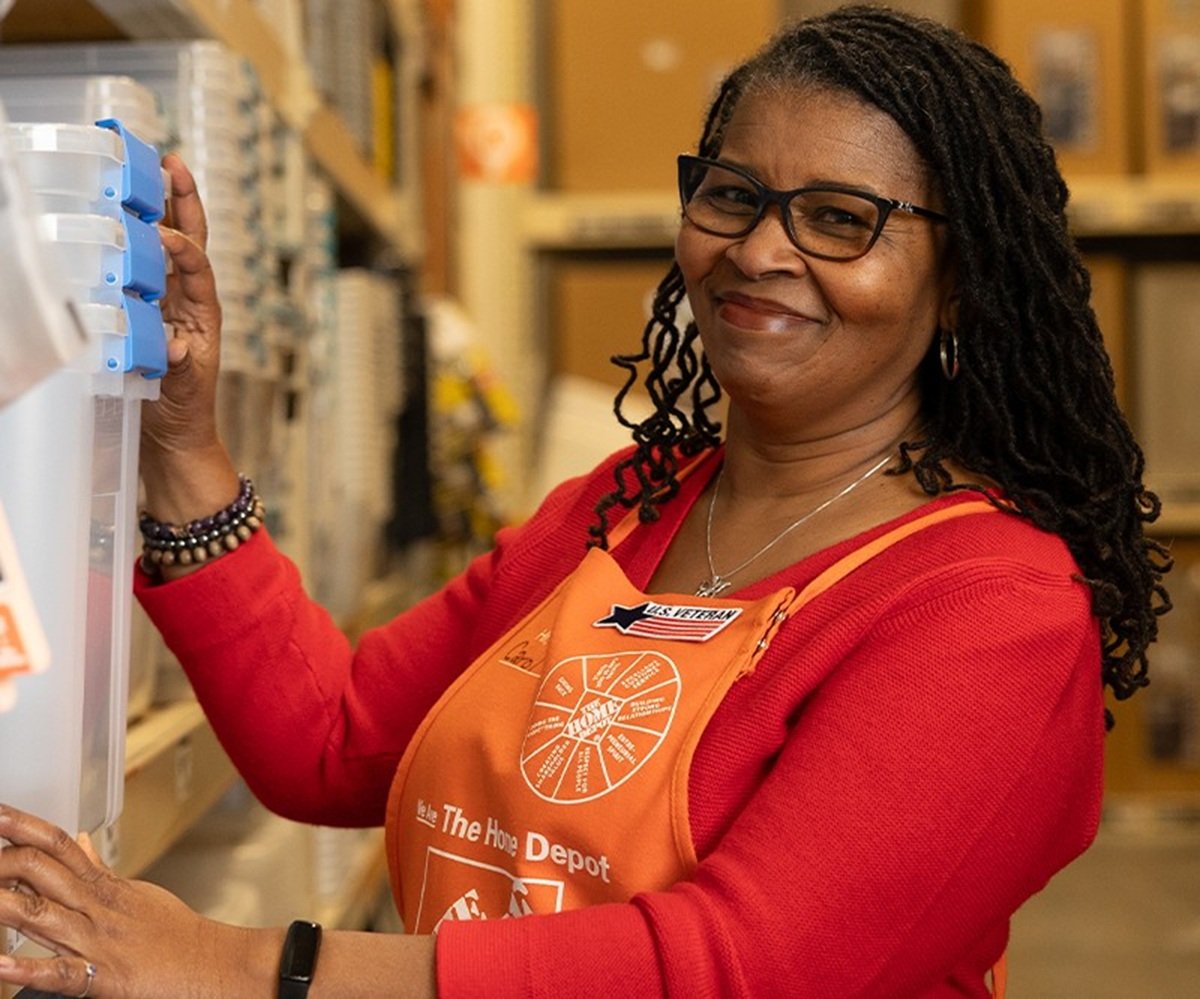Investors are expecting mostly good news from Home Depot (HD +0.15%) when the chain reports its first-quarter earnings in a few days. Sure, the company has been impacted by the COVID-19 pandemic, which has disrupted the retailing industry in recent weeks. But Home Depot's stores have remained open and the broader business might have even gotten a boost from a booming e-commerce channel as people prioritized home improvement projects while under stay-at-home orders.
With that bigger picture in mind, let's look at a few metrics to watch when the industry leader announces its results on Tuesday, May 19.

Image source: Getty Images.
Market share
Home Depot stumbled through early 2019 but found its footing in the year's final months. While rivals like Lowe's (LOW +1.38%) and Walmart each reported slowdowns over the holiday season, the home improvement giant saw its comparable-store sales growth accelerate to 5% from 4% in the prior quarter. We'll find out on Tuesday whether that positive momentum carried through over the pre-COVID-19 portion of the first quarter, which includes the selling months of February, March, and April.
As for the pandemic-influenced retailing trends, it's likely that Home Depot experienced robust demand in recent weeks. On the downside, stores have been operating under limited hours and the chain scrapped its usual spring season marketing plan in hopes of keeping customer traffic levels down. Those pressures should be offset by a growing industry, though, and Home Depot's massive online sales channel. Most investors who follow the stock are expecting overall sales to rise by about 3.5% to $27.3 billion this quarter.
Strategic challenges
CEO Craig Menear and his team has told investors to brace for unusually high expenses in 2020 as Home Depot spends aggressively on store remodels and on expanding its online fulfillment capabilities. These projects have helped lift customer satisfaction scores and are supporting its market share wins, but they're hurting profitability in the short term. Operating margin held steady at 14.5% of sales in 2019, and executives said that metric should drop to around 14% in fiscal 2020, which they called the "peak year of our investment program."
The pandemic has likely reset many of those capital priorities, which will now depend on the strength of the economy and the housing market through the later phases of the virus outbreak. Home Depot won't have many specifics to offer about how that growth rebound might progress. But look for management to outline the moves it made to prepare the company for a potentially tough operating environment ahead.
Latest trends
Home Depot's prior 2020 outlook in late February called for sales to rise by between 3.5% and 4% as operating margin dipped slightly. The chain had aimed to invest almost $3 billion in the business while generating $13.5 billion of operating cash flow and opening six new locations.
It will be interesting to see whether the retailer affirms some of those targets or decides to pull the entire forecast in response to all the financial volatility. Home Depot uses core economic metrics like gross domestic product and unemployment trends to estimate the industry's path, and those figures both worsened significantly in April. That's why investors can expect at least a slight downgrade, if not a full retraction, of Home Depot's 2020 targets until industry trends stabilize and the COVID-19 pandemic abates.






